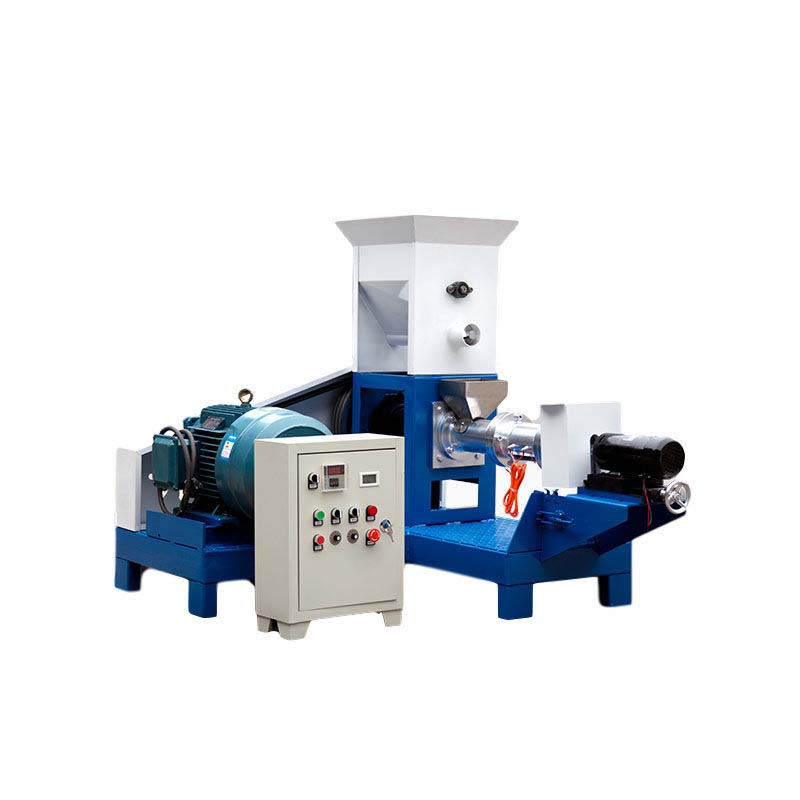exhaust fan 3 phase
Nov . 17, 2024 09:28 Back to list
exhaust fan 3 phase
Understanding Three-Phase Exhaust Fans Efficiency and Applications
In various industries, efficient ventilation is crucial for maintaining safety and comfort in working environments. One of the pivotal components of an effective ventilation system is the exhaust fan. Among the different types of exhaust fans, three-phase exhaust fans stand out due to their superior performance, reliability, and energy efficiency. This article explores the features, benefits, and applications of three-phase exhaust fans.
What is a Three-Phase Exhaust Fan?
A three-phase exhaust fan operates using three alternating currents, which provide a consistent and stable power supply. This design enables the fan to run more efficiently compared to single-phase motors, particularly in heavy-duty applications. The three-phase system allows for a smoother operation, reduces vibrations, and minimizes maintenance requirements, making it an ideal choice for industrial settings.
Advantages of Three-Phase Exhaust Fans
1. Energy Efficiency One of the primary benefits of a three-phase exhaust fan is its energy efficiency. These fans operate on a higher power factor and can handle larger loads with less energy consumption. This results in lower electricity bills for industrial facilities, making them a cost-effective option in the long run.
2. Higher Performance Three-phase motors generally provide greater torque and power. This resulted in an ability to move larger volumes of air at a quicker pace, ensuring effective ventilation even in extensive spaces or environments with high levels of contamination.
3. Durability and Longevity Due to their balanced power supply and reduced mechanical strain, three-phase exhaust fans tend to have longer lifespans compared to their single-phase counterparts. This durability is particularly important in industrial settings where regular maintenance can be costly and time-consuming.
4. Reduced Noise Levels The smoother operation of a three-phase exhaust fan translates to quieter performance. This can enhance the comfort of workers, especially in environments where noise levels need to be minimized, such as laboratories or offices adjacent to heavy machinery.
exhaust fan 3 phase

5. Versatility Three-phase exhaust fans are available in various sizes and configurations, making them suitable for a wide range of applications. From factories to commercial kitchens, these fans can be tailored to meet specific air movement and ventilation needs.
Applications of Three-Phase Exhaust Fans
Three-phase exhaust fans are widely utilized across different industries, including
- Manufacturing In manufacturing plants, exhaust fans are essential for removing fumes, dust, and other airborne contaminants generated during production processes. They help maintain air quality and comply with safety regulations.
- Food Processing In food processing facilities, proper ventilation is critical to prevent the accumulation of harmful gases and ensure hygiene. Three-phase exhaust fans efficiently remove heat, smoke, and odors.
- HVAC Systems In large commercial buildings, three-phase exhaust fans are integral to heating, ventilation, and air conditioning (HVAC) systems. They enhance air movement, contributing to temperature regulation and overall comfort.
- Chemical Processing Industries dealing with volatile chemicals require robust ventilation systems to ensure safety and prevent the buildup of hazardous gases. Three-phase exhaust fans provide reliable and powerful performance in such settings.
Conclusion
Three-phase exhaust fans are an indispensable component of modern industrial ventilation systems, offering numerous benefits including energy efficiency, higher performance, and enhanced durability. Their versatility makes them suitable for a variety of applications, ensuring that workplaces remain safe and comfortable for employees. As technology advances, the role of three-phase exhaust fans in optimizing air quality and energy consumption will continue to grow, positioning them as a vital asset in various industries. Investing in high-quality three-phase exhaust fans is not just a matter of compliance with health and safety regulations but also a proactive step towards fostering a sustainable and productive working environment.
-
Hot Sale 24 & 18 Door Rabbit Cages - Premium Breeding Solutions
NewsJul.25,2025
-
Automatic Feeding Line System Pan Feeder Nipple Drinker - Anping County Yize Metal Products Co., Ltd.
NewsJul.21,2025
-
Automatic Feeding Line System Pan Feeder Nipple Drinker - Anping County Yize Metal Products Co., Ltd.
NewsJul.21,2025
-
Automatic Feeding Line System - Anping Yize | Precision & Nipple
NewsJul.21,2025
-
Automatic Feeding Line System - Anping Yize | Precision & Nipple
NewsJul.21,2025
-
Automatic Feeding Line System-Anping County Yize Metal Products Co., Ltd.|Efficient Feed Distribution&Customized Animal Farming Solutions
NewsJul.21,2025






